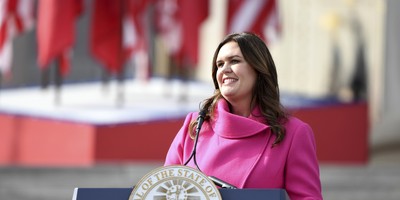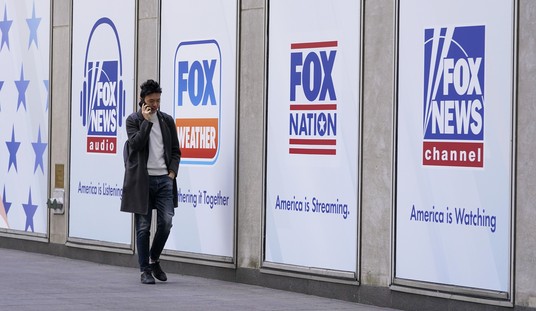Advertisement
The reality is far less uplifting: Administration officials could have ensured that the bailout didn’t cost you and me a dime. All they had to do was require the United Auto Workers to accept standard bankruptcy concessions. Instead, the UAW got special treatment.
Subsidizing the UAW’s above-market pay and benefits was expensive. The union workers at GM and Chrysler are among the highest-paid workers in the country. Some $26.5 billion of what the government paid for the bailout went toward making sure that these workers could continue to enjoy compensation that many Americans can only dream about. As labor expert James Sherk puts it, “The auto bailout was actually a UAW bailout.”
For perspective, $26.5 billion is more than what we spend on foreign aid each year.
By contrast, look what Ford did. It mortgaged its assets and began restructuring in 2007 (a year before the housing market fell in), so it didn’t need a bailout. GM and Chrysler, however, continued business as usual. So when consumers began cutting their spending, both automakers ran out of money.
At that point, they should have declared bankruptcy, restructured and did what was necessary to emerge as stronger and more profitable. Instead, they went to Washington with their hands out. The Bush administration loaned them enough from the Troubled Asset Relief Program (TARP) to keep them going for a few months. Then the Obama administration forced them, as a condition for receiving taxpayer funds, to go into bankruptcy.
Recommended
Advertisement
The result was what some lampooned as “Government Motors.” Both companies sold their assets to the new GM and Chrysler, which were now partially owned by the government. Since then, as the companies have recovered, the government has been selling off its shares -- at a loss. Much of the bailout will never be repaid.
All together, taxpayers stand to lose $23 billion. That amount would be zero, however, if union compensation wasn’t so high.
To see why, consider the average hourly wages for workers at the “Big Three” automakers. At GM, workers were making $70.51 per hour (pre-bankruptcy). At Ford, it was $73.26; at Chrysler, $75.86. Compare that to the hourly wages for workers at other car companies: Toyota ($47.60), Honda ($42.95) and Nissan ($41.97).
Why are Detroit’s labor costs so much higher? The UAW. Members get generous retirement and health care benefits. They can collect pensions in their 50s. And retirees get full health coverage until they become eligible for Medicare. Even then, they enjoy additional coverage in addition to the government program. Sounds great -- if it’s affordable.
What does the average Medicare recipient pay out of pocket annually? $4,200. But for UAW retirees, it’s only $285.
The UAW made some large concessions, but for new hires only. There were a few changes for existing UAW members, but nothing major -- changing overtime calculations, for example, and a bit less vacation pay. And their benefit funds were treated better than other creditors were, even though bankruptcy law calls for creditors to be treated equally.
Advertisement
“We should have asked the UAW to do a bit more,” President Obama’s “car czar” has admitted. “We did not ask any UAW member to take a cut in [his] pay.”
So, fellow taxpayers, the burden falls to us. We’re making it possible for two companies that refused to declare bankruptcy and restructure, as Ford did, to pay their union workers the same high rate that helped get them into trouble in the first place.
Remember that the next time you hear how the “auto bailout” saved jobs. In reality, it saved the UAW from its own folly -- and stuck us with the bill.

























Join the conversation as a VIP Member